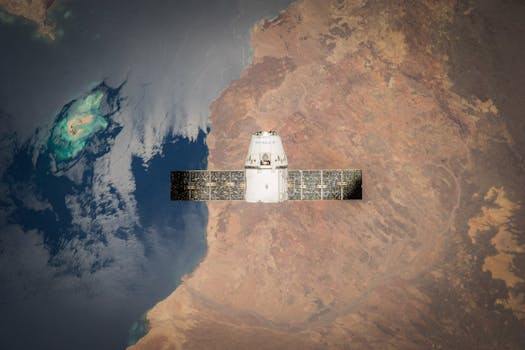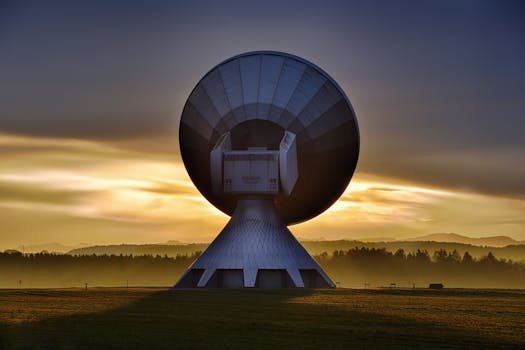Satellite Telecommunications 2023: Key Developments and What They Mean for the Industry

Satellite Telecommunications 2023: Key Developments and What They Mean for the Industry
Satellite Telecommunications 2023 has been a remarkable year for the satellite telecommunications industry, with numerous groundbreaking developments that have revolutionized the way we communicate and access information. As we continue to rely heavily on satellite technology for various aspects of our lives, it’s essential to stay informed about the latest trends and advancements in this field. In this article, we’ll delve into the key developments in satellite telecommunications in 2023 and what they mean for the industry.
Advancements in Satellite Technology

The satellite telecommunications industry has witnessed significant advancements in technology, enabling faster, more reliable, and cost-effective communication services. One of the most notable developments is the launch of new satellite constellations, such as Starlink and OneWeb, which aim to provide global internet coverage and bridge the digital divide. These constellations comprise thousands of small satellites in low Earth orbit, offering high-speed internet services to underserved communities and remote areas.
Another significant development is the introduction of advanced satellite antennas, which have improved the efficiency and capacity of satellite communications. These antennas use cutting-edge technologies like phased arrays and digital beamforming to provide higher data rates and better signal quality. Furthermore, the development of satellite-based Internet of Things (IoT) services has enabled the connection of millions of devices, paving the way for various industrial and commercial applications.
Increased Adoption of Satellite Services

The demand for satellite services has increased significantly in 2023, driven by the growing need for global connectivity and the expanding range of applications that rely on satellite technology. The COVID-19 pandemic has accelerated the adoption of satellite services, as governments, businesses, and individuals have turned to satellite-based solutions to maintain communication and access critical information.
The use of satellite services has become more widespread in various industries, including maritime, aviation, and emergency response. Satellite-based navigation systems, such as GPS and Galileo, have become essential for transportation and logistics, while satellite-based communication services have enabled remote monitoring and control of critical infrastructure. Additionally, the use of satellite imaging and Earth observation services has increased, providing valuable insights for environmental monitoring, disaster response, and urban planning.
Regulatory Frameworks and Challenges

As the satellite telecommunications industry continues to evolve, regulatory frameworks and challenges have become more prominent. The increasing number of satellites in orbit has raised concerns about space debris, spectrum interference, and the need for more efficient frequency allocation. Governments and regulatory bodies have begun to address these issues, implementing new regulations and guidelines to ensure the long-term sustainability of the satellite industry.
One of the significant challenges facing the industry is the need for international cooperation and standardization. The development of global regulatory frameworks and standards will be crucial for the industry’s continued growth and development. Furthermore, the issue of cybersecurity has become a major concern, as the increasing reliance on satellite services has created new vulnerabilities and risks.
Future Outlook and Opportunities

As we look to the future, the satellite telecommunications industry is poised for continued growth and innovation. The development of new satellite constellations, advanced technologies, and emerging applications will drive the industry forward, creating new opportunities for businesses, governments, and individuals. The increasing demand for global connectivity, the expanding range of satellite-based services, and the growing need for efficient and reliable communication solutions will continue to shape the industry’s trajectory.
The future of satellite telecommunications holds much promise, with potential applications in areas like 5G and 6G networks, quantum communications, and space exploration. As the industry continues to evolve, it’s essential to address the challenges and regulatory issues that arise, ensuring the long-term sustainability and growth of the satellite telecommunications industry.